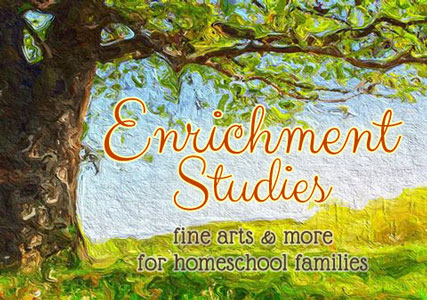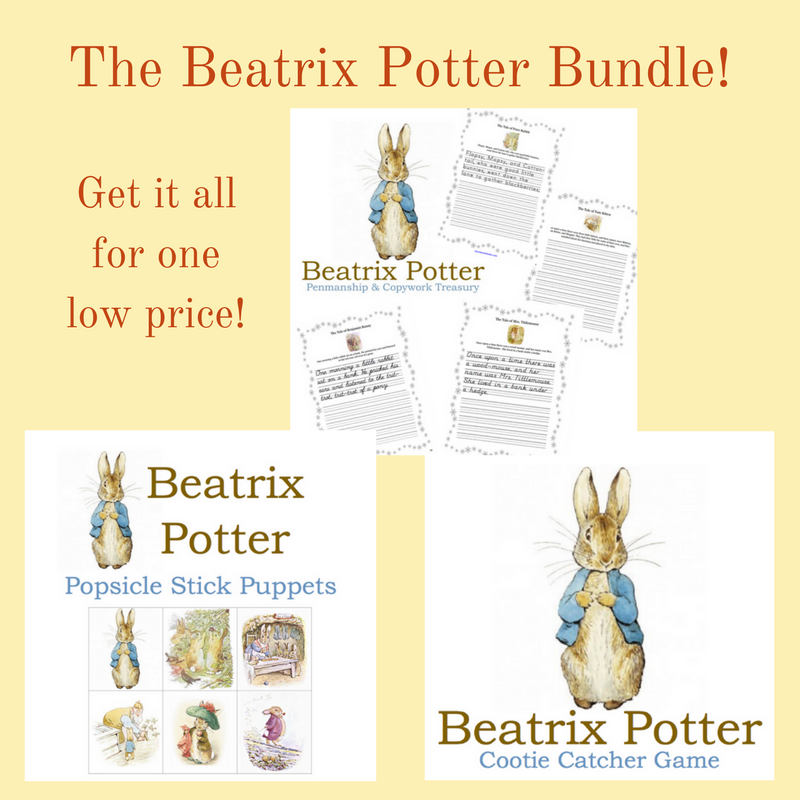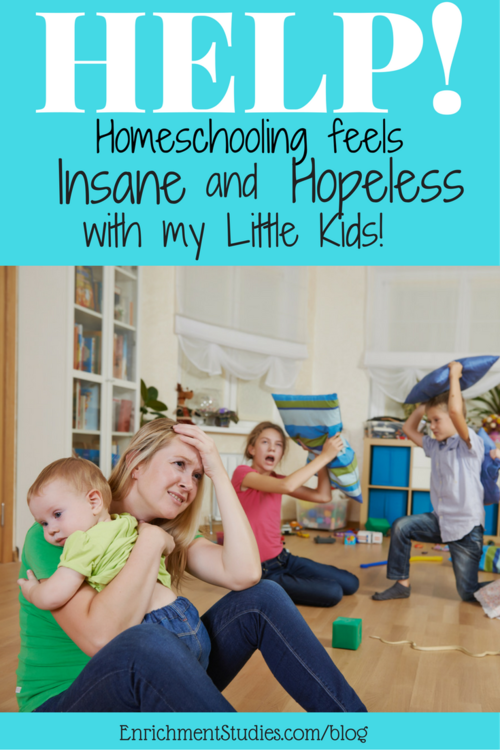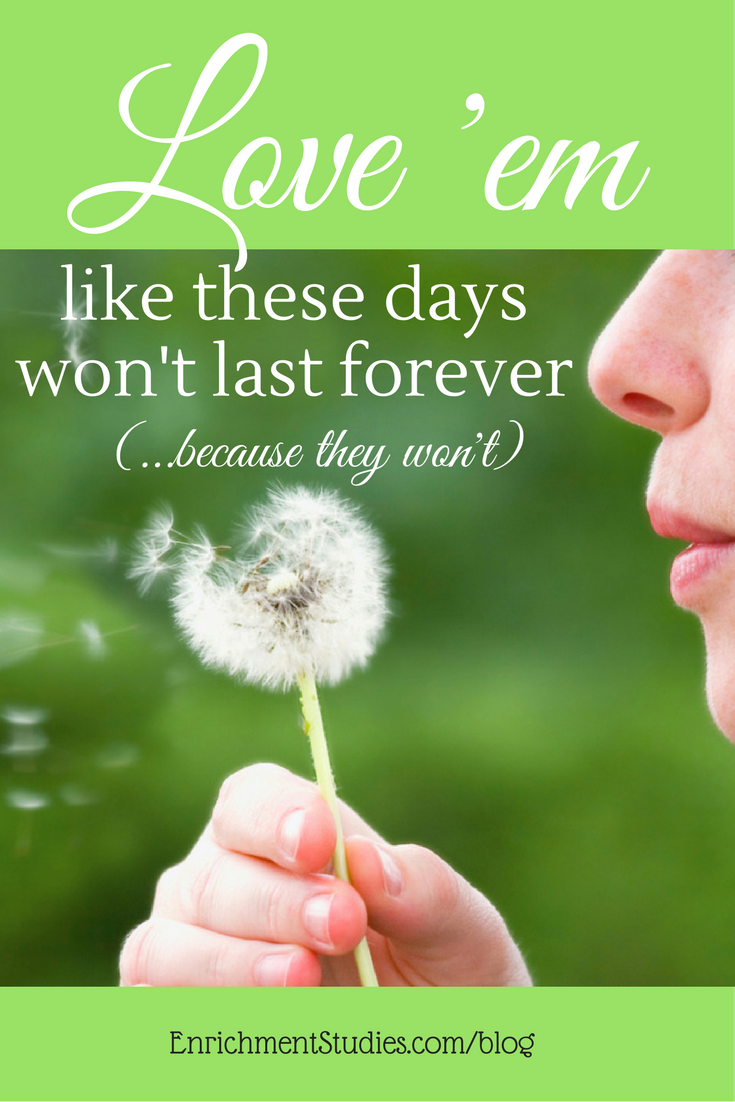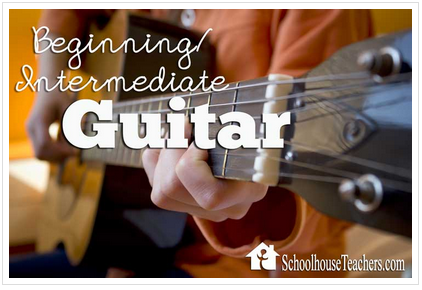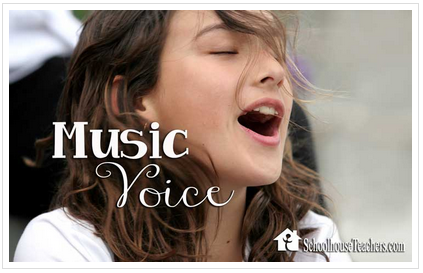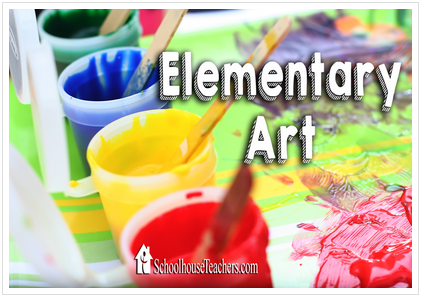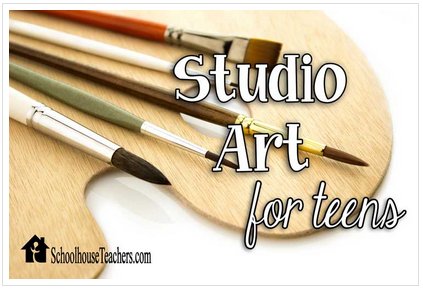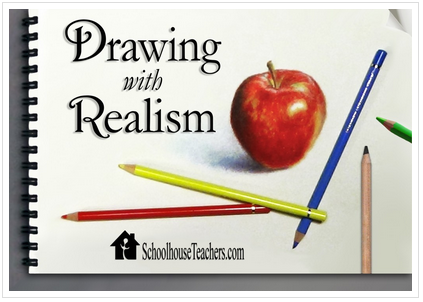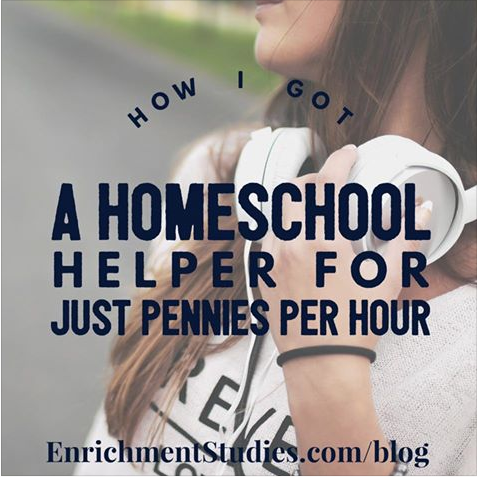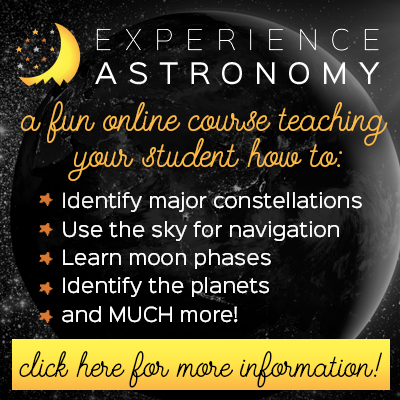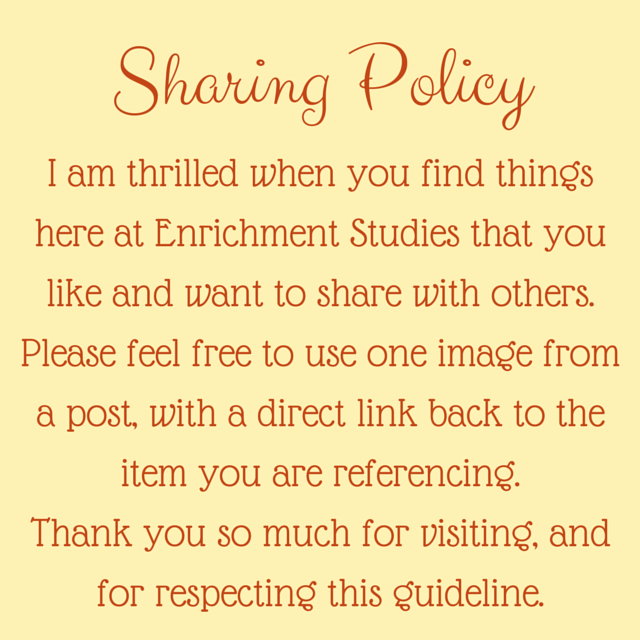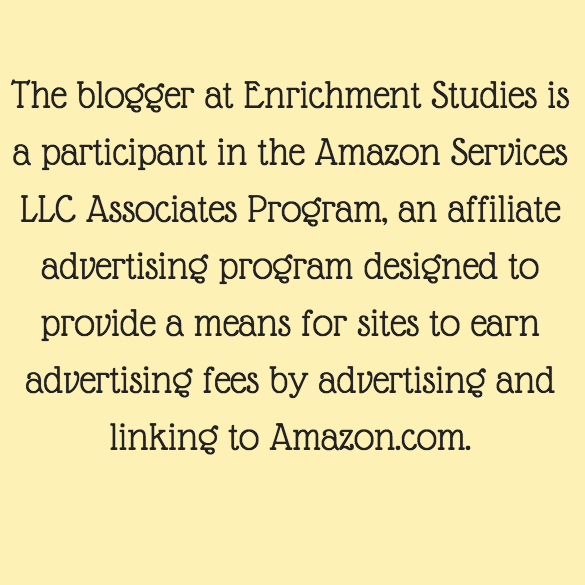by Erica Johns | Aug 14, 2023 | Language Arts, Math, Reviews
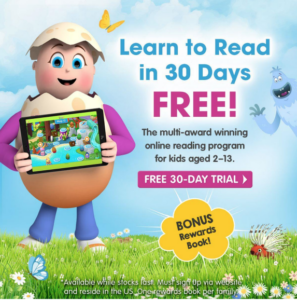 One of the first big hurdles that homeschooling parents face is, “How will I teach my child to read?” This is so important, but also can seem really daunting to folks who have no idea where to begin with such a monumental task.
One of the first big hurdles that homeschooling parents face is, “How will I teach my child to read?” This is so important, but also can seem really daunting to folks who have no idea where to begin with such a monumental task.
While there are many ways to teach kids to read, by and large, if your child is having fun, they will typically learn more quickly. Enter: Reading Eggs! This computer (and app) based reading program utilizes games, songs, golden eggs, rewards, and fun activities to help your child (ages 2-13) learn to read OR improve their reading skills in a way that feels like play.
My own grandsons, ages 4, and 5 have been using Reading Eggs for under a year, and they both love it. The 5 year old is already reading quite well with no formal lessons other than what he’s getting on Reading Eggs! His 4 year old brother is not far behind. They both understand the concept of sounding out a word, they both recall all the word sounds, and find the challenge of reading to be really fun and exciting. It’s been basically seamless to get them to this point. You can access Reading Eggs on a computer or tablet. (I have found that the tablet interface works better for little ones who struggle with mouse skills on a computer.)
In addition to the lessons and levels on Reading Eggs, you have the option to pair the computer learning with workbooks. Each lesson has a coordinating few pages in the workbook that will give your child the opportunity to put pencil (or crayon) to paper and help reinforce what they’ve been learning. We have the Kindergarten level workbooks, and both grandsons love getting to do these lessons. The graphics are bright and cheerful, and the directions are clear and concise. I like that the workbooks give the kids space to write, color, circle, trace, work on penmanship skills, learn how to follow a variety of instructions, and more. It’s also nice that at intervals in the book the child’s accomplishments are celebrated, and they are directed to specific books in the Reading Eggs library that the child will now be able to read at their current skill level.
Accompanying Reading Eggs is also Math Seeds, which gives a similar style of instruction, but for numbers and math skills. Thanks to what they’ve been learning from their Math Seeds lessons, as well as their natural love for learning, my little guys now happily tell me math facts, are starting to understand skip counting, as well as conceptualizing math concepts. They also enjoy the Kindergarten level math skills workbook and the variety of activities included there.
I really like it that Reading Eggs and Math Seeds are each designed to help your child move ahead on their skills in about 15 minutes a day, which, when having fun at computer games, goes down pretty easy for the kiddos. In my many years of homeschooling my own kids, I have found that any kind of “stealth” learning is preferable to sit-down school. Imagine a world where kids never forget that learning is fun! We have the opportunity to let it be so.
Reading Eggs is super affordable and includes access for up to 4 children in your family. You can even start with a free month to see how you like it.
This blog post was sponsored by Reading Eggs and some materials/access were provided to me for free. As always, this article reflects my honest opinions and experiences.
by Erica Johns | Mar 13, 2018 | Great Stuff for Homeschool Moms, Language Arts, Notebooking, Reviews, Spring Fling Giveaways
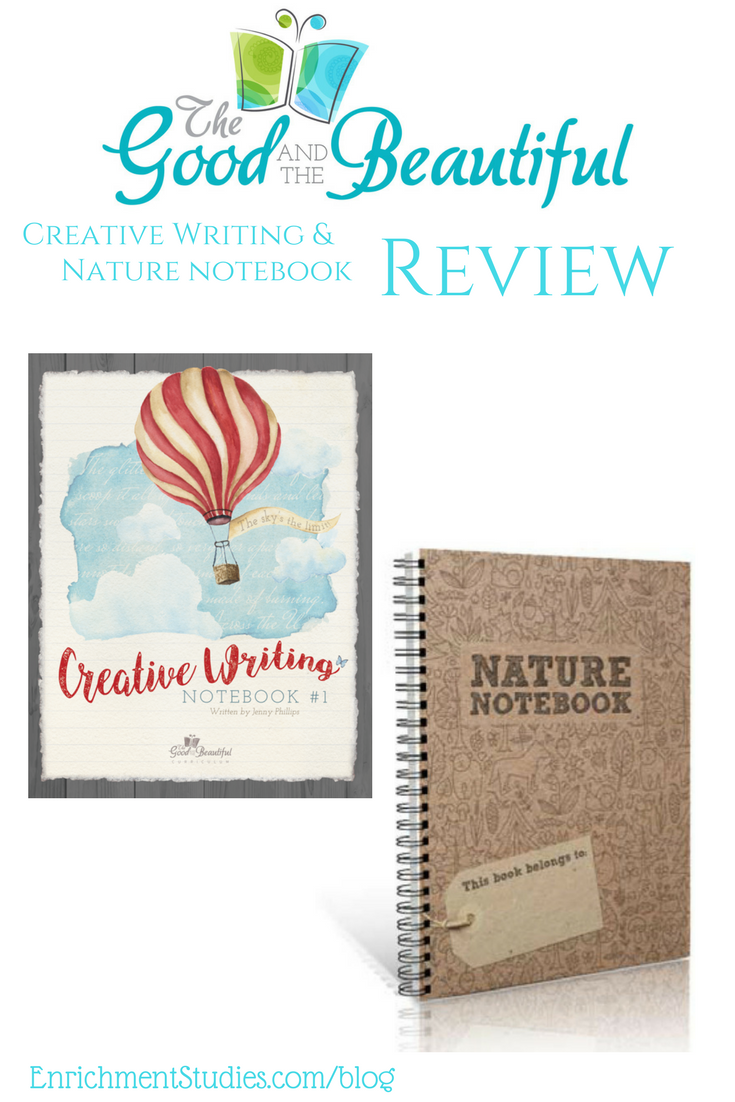 Any Christian homeschoolers that spend time on social media have surely heard of The Good and the Beautiful by now. This relative newcomer to the homeschool curriculum scene has been quickly accepted as a favorite by many, and is known for their integration of fine arts into their materials, which I know is a special interest for Enrichment Studies readers, so I’m always eager to check out their materials and see what might be of interest to my peeps. When The Good and the Beautiful asked me to review their Creative Writing Notebook and their Nature Notebook, it was an easy yes from me! They have generously sponsored this review.
Any Christian homeschoolers that spend time on social media have surely heard of The Good and the Beautiful by now. This relative newcomer to the homeschool curriculum scene has been quickly accepted as a favorite by many, and is known for their integration of fine arts into their materials, which I know is a special interest for Enrichment Studies readers, so I’m always eager to check out their materials and see what might be of interest to my peeps. When The Good and the Beautiful asked me to review their Creative Writing Notebook and their Nature Notebook, it was an easy yes from me! They have generously sponsored this review.
Creative Writing Notebook
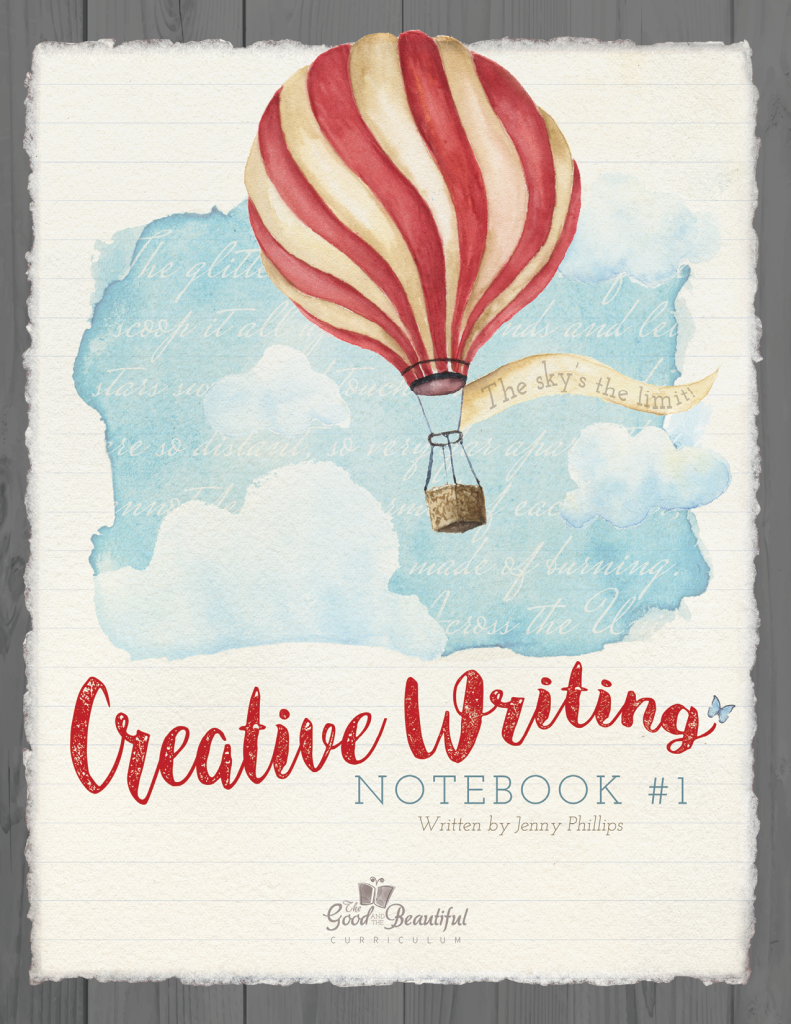 The beautiful Creative Writing notebook does a terrific job of leading children through various aspects of creative writing in a way that is engaging and interesting. Designed for students in grades 4-12, my own high schoolers have been using this on all the days when I didn’t have something else planned for their writing. Even without my involvement, my students can easily move forward onto the next writing activity and they have enjoyed it.
The beautiful Creative Writing notebook does a terrific job of leading children through various aspects of creative writing in a way that is engaging and interesting. Designed for students in grades 4-12, my own high schoolers have been using this on all the days when I didn’t have something else planned for their writing. Even without my involvement, my students can easily move forward onto the next writing activity and they have enjoyed it.
This 89-page spiral notebook includes five sections:
- Descriptive Writing Practice
- Writing Exercises
- Story Starters
- Poetry
- Full Stories
I like how simply and effectively the student is guided on how to develop and improve their writing. The subtlety of it makes it feel less like school work, and more like a guided writing journal, which I think is wonderful for so many kids. I have reluctant writers and dyslexic kids, so this is an area we have struggled in. I’m happy to say that with the Creative Writing Notebook, I’ve seen each of my remaining high schoolers improve in their writing skills AND enjoy it! Pretty awesome!
Enrichment Studies families and others that value the integration of the arts into other subjects will appreciate that writing poetry and the process to get you there is included in this book. There are also several works of art included in this book that are used as jumping off points for observation, description, writing poems, and other aspects of writing development.
This is one of my favorite things that we’ve been using this school year, and I feel you really can’t go wrong with it for any child that is ready and able to do some writing. The fact that it’s presented so simply and in a non-intimidating way is a plus, and it doesn’t run on a lot of Mom Power, which I know we can all appreciate. It’s very affordable, at just $14.99, and will work with all learning styles.
One final note: The Good and the Beautiful is a non-denominational Christian program, but I found that the Creative Writing Notebook does not add in religious or spiritual messages. With the possible exception of the first page, it stays focused on writing skills alone, which makes this a great option for all families, including those that prefer to share spiritual beliefs with their children on their own, rather than with educational materials. As always, The Good and the Beautiful materials are wholesome with no objectionable or inappropriate content. It is well-done and stays on topic in an appropriate and professional way.
Nature Notebook
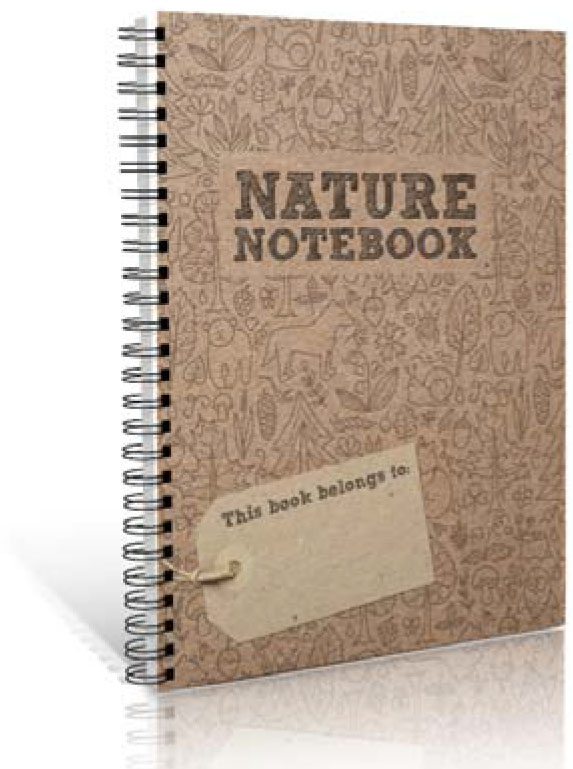
Nature Study is a popular buzzword in homeschool communities, and Charlotte Mason circles in particular. Whether you are already spending time in nature study, or if (like me) you kind of don’t understand where to start or what to do, you will love the Nature Notebook from The Good and the Beautiful.
This 117-page spiral bound nature notebook makes it fun and easy to get into nature study! Sections are divided by the four seasons (plus one Any Time section) and there are clear activities suggested for you to do, such as leaf collection or drawing, scavenger hunts done on a nature walk, description prompts (seamlessly pulling writing skills into the process), drawing and observation prompts, tie-ins with poetry and illustration, collection ideas (Seeds, rocks, flowers, leaves, etc.), and much more.
True Confession: I have always loved the idea of getting the kids out in nature, but honestly never understood what purposeful thing we were supposed to “do” aside from just take a walk and see things that we might talk about, etc. Having these suggested activities is a terrific way to get started and get over that hump of not really knowing what to do. The fact that you can jump around from one activity prompt to another is handy for families since it flexes with your needs and wishes. You can easily let the children pick what they’d like to do for your outing, and there is plenty that the kids can do as self-led nature study right in your own back yard! I also appreciate that there are plenty of things in the Nature Notebook that you can do indoors. Whether you have weather or personal needs that keep you inside, you can definitely keep going and let nature study be a part of your everyday school life.
Any age child can use this notebook, and you could use a fresh Nature Notebook year after year, since the observations you make and collections you form, etc. will be fresh and different. I also appreciate that you don’t have to finish this in one year. If you aren’t avid nature walkers, if you’re having a baby and not able to get out much this year, or simply had nature study fall of your radar for awhile, each child can still enjoy and treasure their Nature Notebook over several years and get so much out of it!
One aspect of the Nature Notebook that I found myself questioning was that there are some nature “scrapbooking” type activities suggestions that I am not sure how they would practically work. For example, gluing leaves onto pages seem like they would make it hard for the book to close, the leaves would eventually dry and get crushed and make a mess, etc. The bark rubbing activity seems like it has great potential to get the book pages ripped and would be awkward to accomplish with the page still attached to the book. I love the inclusion of these activities, but I think I would copy those particular pages on my home scanner/printer and provide a fresh stand-alone page for the kids to do those activities on instead. A 9×12 plastic storage box might be a perfect spot to store your Nature Notebook, plus all collections, nature treasures, and three-dimensional projects where they are more protected and can be enjoyed again and again.
Like the Creative Writing Notebook, the Nature Notebook doesn’t directly include any religious elements, so this is an item that will work for all families and all ages. The Nature Notebook sells for just $12.
Get The Good and the Beautiful annual reading list for FREE!
Each year The Good and the Beautiful publishes a popular reading list, and subscribers to their newsletter can get it for FREE! They also sometimes give away freebies, so this is a great way to make sure you don’t miss a thing. You can subscribe on their home page by clicking here.
You can read my other review of The Good and the Beautiful here:

by Erica Johns | Aug 7, 2017 | Great Stuff for Homeschool Moms, Language Arts, Literature, Spring Fling Giveaways
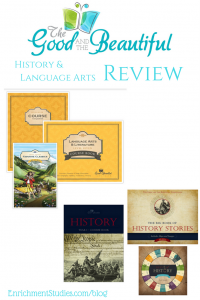 If you are connected to any groups of Christian homeschoolers on the internet, you have probably heard about The Good and the Beautiful. This newcomer to the homeschool world has taken off as one of the fastest-growing and incredibly popular choices for home education.
If you are connected to any groups of Christian homeschoolers on the internet, you have probably heard about The Good and the Beautiful. This newcomer to the homeschool world has taken off as one of the fastest-growing and incredibly popular choices for home education.
One thing that got my attention about The Good and the Beautiful was the mention that they integrate art into their materials. For anyone that has followed me for awhile, you know that I like to say that Art IS History. I know that the works of great artists can enhance our understanding and appreciation of other times, cultures, and historical events in a way that words cannot. So, I had to check it out!
The Good and the Beautiful sponsored this review and giveaway so I could let you know my thoughts on their programs. I’m excited to share with you today what I’ve learned.
The Good and the Beautiful is a non-denominational Christian program that aims to connect learning to the good and beautiful things in life, such as family, God, high moral character, wholesome literature, nature, and more.
Year 1 History
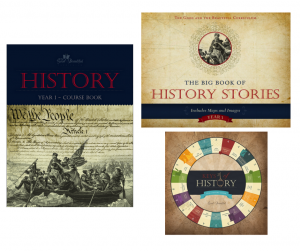
The first collection I reviewed was their Year 1 History. All of their history levels are meant to work for grades 1-12, and to be revisited every 3-4 years. All 4 years of their history cover the same sweep of history, from Ancient times through to Modern history, but each year stops at different spots along the way to dig in and learn more about particular people and events. The family-style intent of the program allows you to gather all of your children around 2 or 3 times a week for an hour-long lesson that includes a wide variety of activities that will keep your children interested and delighted. Leveled Student Explorer books enable each child to work at their own ability level, while the whole family learns the same basic content together, taking the guesswork out of trying to figure out what each age child should be doing. Designed to require very little prep time, I believe homeschool moms will find that a quick glance over the next several lessons will easily allow you to anticipate any extra materials you will need.
The Good and the Beautiful keeps things interesting in their history program by offering a wide variety of activities, which will virtually guarantee that your kids are never bored. Each lesson includes several different elements, which normally include reading to your children, but then spin off into other areas such as:
- memorization
- crafts
- map activities
- timeline activities
- high-quality audio presentations and stories
- opportunities for oral presentations/public speaking
- review activities
- printables
- food activities to enhance the lesson
- cutting activities
- playdough creation
- Keys of History game
- art projects
- writing activities
- fun and interesting learning activities
- videos/documentaries
- copywork/dictation/notebooking elements
- vocabulary
- science activities
I was VERY impressed with the range of different activities that are included, and I appreciated it that you are not bombarded with too many to choose from. In Year 1 History you’ll find that there is a nice balance of interesting variety that will not take too much time or be too overwhelming.
Who is this great for?
- Families homeschooling multiple children that want to simplify and streamline learning
- Families that enjoy bringing together elements from Classical, Charlotte Mason, Unit Studies, and traditional approaches to education. The Good and the Beautiful combines them all, without burning you (or your kids) out on any one thing.
- Conservative Christian families that desire Bible-based teaching, completely wholesome literature, and strong instruction about high moral character
Language Arts & Literature
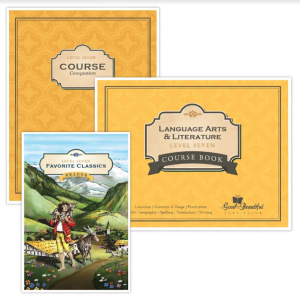
The Good and the Beautiful Language Arts & Literature program has a lot of similarities in the approach to the way the history program is set up:
- Very little prep time required
- wide range of activities throughout
- thoroughly Christian viewpoint
- wholesome content
This program has several components:
- a Course book (one needed per child)
- the course companion (non-consumable and can be shared)
- the reader for this level (non-consumable and can be shared)
- Daily Checklists (each child needs their own copy)
- Geography & Grammar Cards (non-consumable and can be shared)
Lessons are designed to be open-and-go, with little or no prep time required. Children over level 4 are expected/encouraged to work independently through their lessons, and the lessons are written in such a way that they are guided through the steps to actually take ownership of the process. Having had two dyslexic children and some non-typical learners myself, I know that the goal of total independence in learning is not necessarily realistic for all people at a particular stage, but I do like that each step the student should take is clearly communicated, giving them the tools they need to organize themselves and learn to study and progress through the lessons carefully.
Similar to the history program, the Language Arts offers a wide range of activities and approaches to the lessons, so it’s not the same-old-same-old day after day. Instead, new surprises and activity types await with each turn of the page! Included throughout the program are things like:
- memorization (classical educators will especially appreciate this)
- maps
- grammar terms
- literary terms
- sentence diagramming
- drawing
- art appreciation and art history
- reading comprehension
- editing activities
- Latin and Greek roots
- Writing activities
- grammar activities
- poetry appreciation, response, and analysis
- and more!
Several times as I read through the lessons I had the thought that this course would be good for someone that was interested in the grammar portion of Classical Conversations’ Essentials program, but wanted a much less expensive alternative. Classical educators are sure to appreciate the inclusion of sentence diagramming and grammar instruction. Charlotte Mason-style educators are likely to enjoy the inclusion of art and poetry. For those of us that appreciate the practical and efficient route to learning, one of my favorite parts of this program is that they use factual, historical, and informational content while teaching other concepts. So, for instance, instead of a silly made up story used for reading comprehension, your child will be reading about a famous person or event from history, or perhaps about some interesting geographical information. So, you’re getting more “bang for your buck” simply because The Good and the Beautiful capitalizes on these learning opportunities in a meaningful, valuable way.
This Language Arts program has a lot of different components, and it switches things up frequently. For some kids this will be an absolutely delight. For others it may be too unpredictable. Levels 1-5 are available FREE in PDF format, so I think that’s an excellent opportunity to dig in and see if you think this sort of approach is a good fit for your particular children. Personally, I would recommend that once you know The Good and the Beautiful is right for your family, go ahead and order the physical versions. The books are nicely printed, the colored pages are lovely, and it will cost you so much more to try to print it on your own. I believe that these materials are priced at a very good value, with many non-consumable components. You’ll be glad to have the printed versions available to you.
I know that a lot of Enrichment Studies families are curious to know about the inclusion of art and drawing in this program. In the History program, the art was more specifically linked to the content and felt like an enhancement. In the Language Arts & Literature program, the art and drawing activities seemed independent of the content in most cases. I would have loved to see more connections throughout, but for families that enjoy a sprinkle of art throughout their day, it may fit that need very well.
Who is this great for?
- Conservative Christian homeschoolers that want a thoroughly Christian perspective presented and completely wholesome content
- Families that enjoy combining elements of classical, Charlotte Mason, and traditional styles
- Students that thrive on variety and surprise
- Students that can manage multiple different books and materials without difficulty
- Families that enjoy a splash of art and creativity every now and then
Wondering about other materials from The Good and the Beautiful? Check out my review of their Creative Writing Notebook and their Nature Notebook here:

by Erica Johns | Mar 14, 2017 | Facebook Party, Language Arts
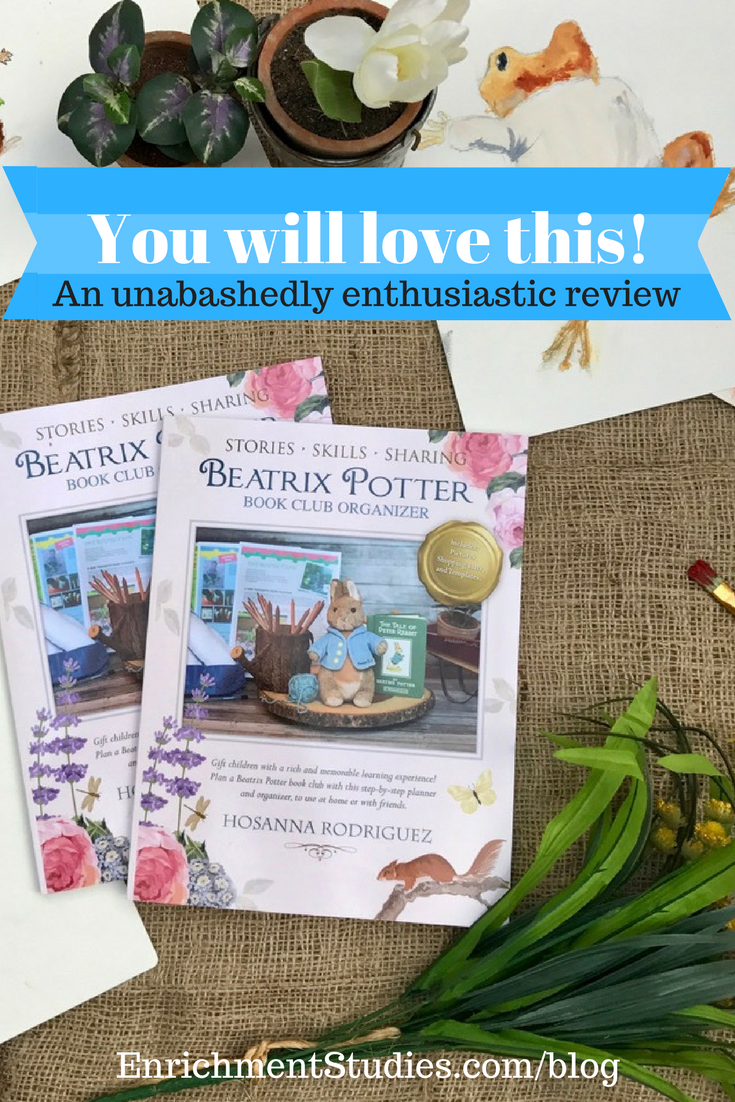
Affiliate links have been used in this post
When I found out that one of my members in the Enrichment Studies community was also an author of several children’s books, I was intrigued. When she told me that her newest book was a Beatrix Potter book club guide, I was even more excited! Fellow homeschool mom and author Hosanna Rodriguez has created an absolutely beautiful guide to a memorable and lovely educational experience with your children.
If you’ve never considered a book club for your children, you will be inspired by the ideas in this book. Hosanna has crafted an opportunity that will be fun and engaging for your children, while also paying off in huge educational dividends. Language arts, critical thinking, writing, public speaking, and multisensory skills are all developed in a setting that can work at home with your family, or by joining forces with friends.
The Beatrix Potter Book Club Organizer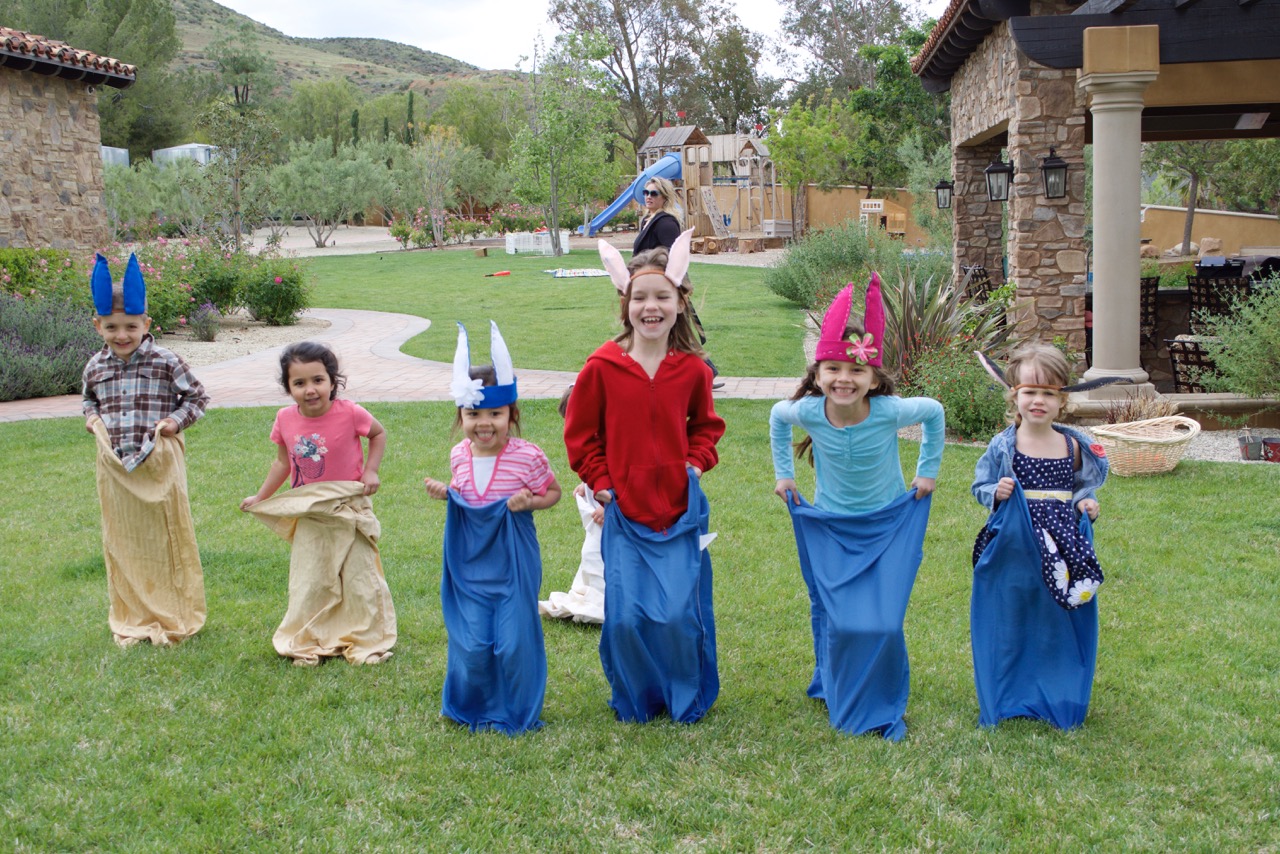 takes you by the hand and walks you through each book to read, and all of the delightful crafts, activities, snacks, games, and special events. There are beautiful photos all throughout this full-color book that show you live examples of happy kids enjoying the activities, as well as shopping lists, templates, planning forms, and more!
takes you by the hand and walks you through each book to read, and all of the delightful crafts, activities, snacks, games, and special events. There are beautiful photos all throughout this full-color book that show you live examples of happy kids enjoying the activities, as well as shopping lists, templates, planning forms, and more!
Honestly, reading through this book brought tears to my eyes many times, because it’s just the sort of thing I would have loved to do with my children when they were young. I know so well that when we can create magical, memorable experiences with our children, the payoff keeps coming for years and years. The Beatrix Potter Book Club Organizer offers you just that: an opportunity to infuse your homeschool with something extra special, a fun and engaging way to learn and grow in many different skill areas, and precious keepsakes and memories to enjoy for years to come.
Read my interview with the author of this delightful book here!
Watch my Facebook Live Show and Tell of this book:
by Erica Johns | Mar 13, 2017 | Art, Freebies, Language Arts
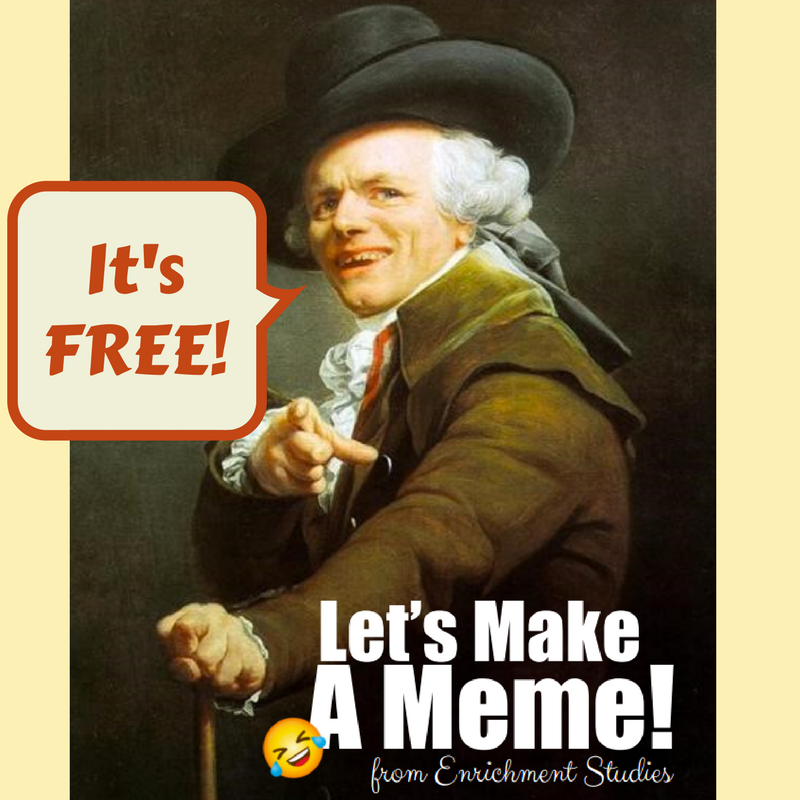 As a longtime homeschooling mother of six, I love it when I can find ways to connect different subjects in a way that my kids also enjoy. When I came across this hilarious, surprising, and fun art by Joseph Ducreux, I knew I wanted to bring it to you in a way that both showcased the timeless sense of humor that it embodies, while also inviting you and your family to interact with it. So, Let’s Make a Meme!
As a longtime homeschooling mother of six, I love it when I can find ways to connect different subjects in a way that my kids also enjoy. When I came across this hilarious, surprising, and fun art by Joseph Ducreux, I knew I wanted to bring it to you in a way that both showcased the timeless sense of humor that it embodies, while also inviting you and your family to interact with it. So, Let’s Make a Meme!
To share this language arts activity with your kids, simply print out the art, fun fonts, and accessory pages, and get to work! Let the kids cut out the letters, frames, and emojis, and have fun arranging them and gluing them into place. You’ve got a golden opportunity here to combine art appreciation and language arts in a way that’s current and engaging for your kids, and will have the whole family laughing and having fun!
You can get our Let’s Make a Meme Language Arts Activity Pack FREE by signing up below:
 One of the first big hurdles that homeschooling parents face is, “How will I teach my child to read?” This is so important, but also can seem really daunting to folks who have no idea where to begin with such a monumental task.
One of the first big hurdles that homeschooling parents face is, “How will I teach my child to read?” This is so important, but also can seem really daunting to folks who have no idea where to begin with such a monumental task.